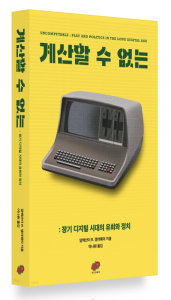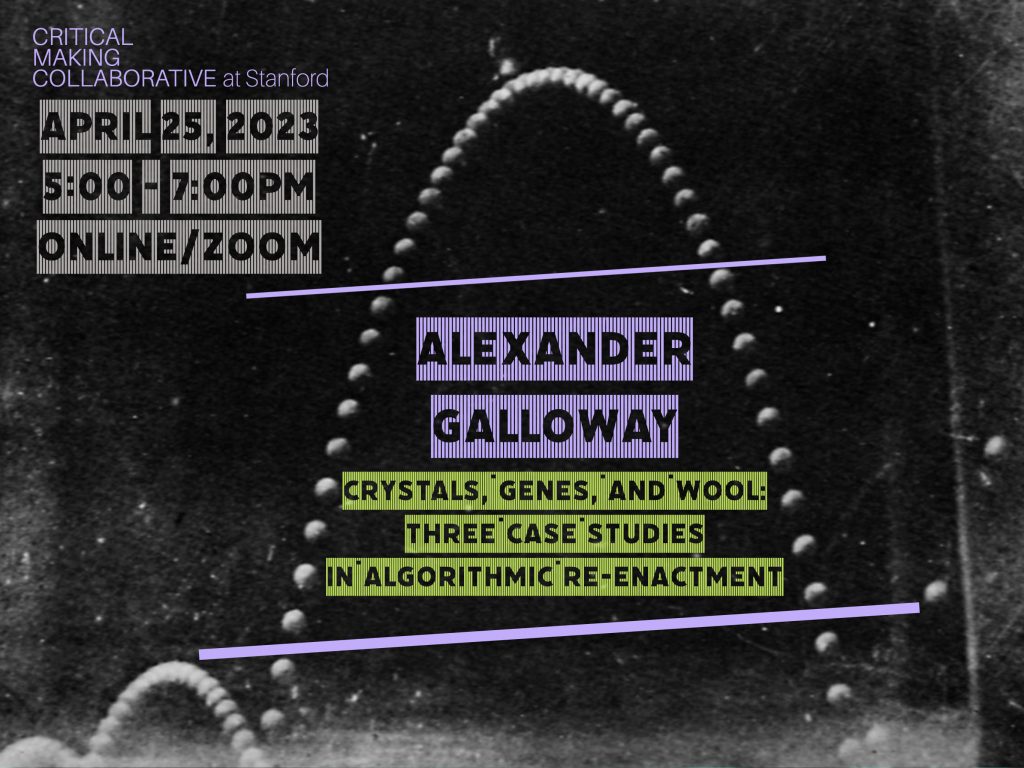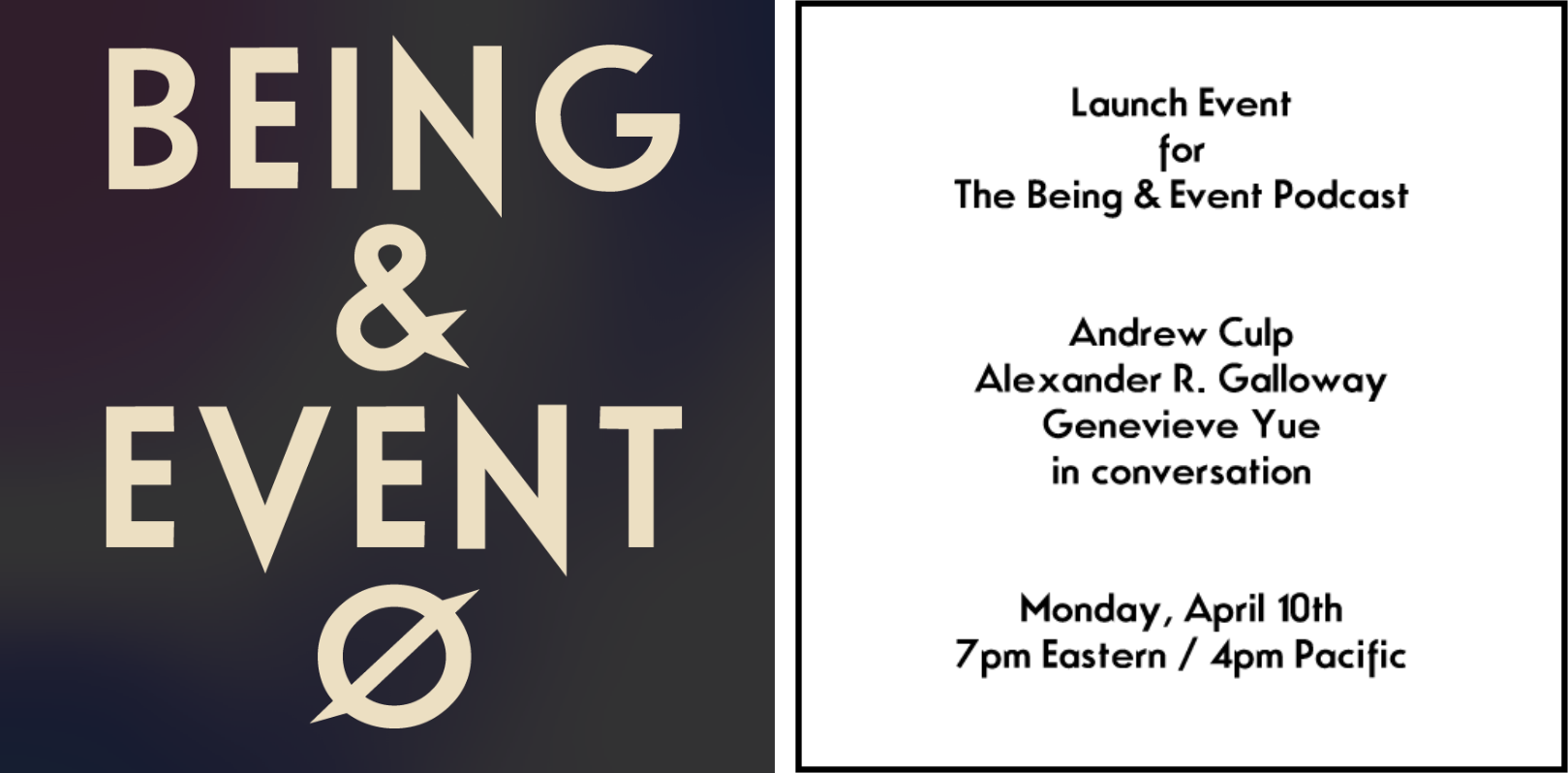April 26, 2024
Dear President Mills and Provost Dopico,
As faculty members in the Department of Media, Culture, and Communication, we condemn the decision by you and your administration to forcibly remove and arrest 120 students and faculty in Gould Plaza on the night of Monday, April 22. We affirm the right of peaceful assembly and protest on the NYU campus.
As 44 department chairs and program directors have now attested, the protest was peaceful. There was no threat to public safety, no outside activists, nor were there any suggestions of bigotry among the protesters. We request that the administration's claims of anti-semitism or conduct amounting to hateful treatment be rigorously substantiated, rather than being allowed to remain in the domain of rumor, where they are used to authorize extraordinary actions whose damage to the reputation of this university will be long-lasting and even irrecoverable. Throughout the day, NYU campus security made the environment more and more repressive by putting up barricades, filming protesters, and not allowing students and faculty into the plaza. The violence escalated further with the arrival of the armed and armored NYPD, who were hostile and intimidating toward protesters, some of which were engaged in prayer. With a phalanx of cop vans lining Greene Street in front of our department, and a police helicopter hovering overhead, followed by an increased carceral climate in the days since--including new ID checks and a wall--you and your administration are making it more and more difficult to teach and work at NYU.
Despite the climate of hostility in recent days, let us not forget the real reason why students and faculty are protesting. As the International Court of Justice ruled in January, Israel's destruction of Gaza amounts to “plausible genocide.” Over 33,000 Palestinians have been killed by the Israeli military over the last seven months in Gaza. As for university life there, it no longer exists. Every single university in Gaza has been destroyed by bombs. Palestinian students don't have the luxury of protesting because so many of them are dead.
We call on you to drop all charges and threats of recrimination against any NYU person participating in Monday's action, previous actions, and the ongoing movement for peace and justice in Palestine. Instead we hope that you will protect and support all members of the NYU community, particularly students whose visa status may put them at risk, as well as contract and untenured faculty and staff, who are especially susceptible to acts of retaliation by the administration.
Protest and political speech have been a valuable part of campus life in America for generations, at NYU and elsewhere. From Black and women's liberation, to queer and trans movements, to struggles for Indigenous rights and recognition, to anti-capitalism and environmentalism, along with many other movements, students and faculty have long been an important voice for peace and justice. NYU’s proud claim to be “in and of the city” rests on its affiliations with these movements. We hope you will redirect your administrative priorities away from criminalizing protesters and building walls, and toward the higher virtues of peace and democratic freedom.
Sincerely,
The undersigned faculty in the Department of Media, Culture, and Communication:
Isra Ali
Jamie Skye Bianco
Paula Chakravartty
Lily Chumley
Allen Feldman
Nicole R. Fleetwood
Alexander R. Galloway
Brett J. Gary
Lisa Gitelman
Radha S. Hegde
Ted Magder
Mara Mills
Nicholas Mirzoeff
Kelli Moore
Susan Murray
Laine Nooney
Juan Piñón
Whit Pow
Arvind Rajagopal
Erica Robles-Anderson
Martin R. Scherzinger
Natasha D. Schüll
Marita Sturken
Helga Tawil-Souri
j. Siguru Wahutu
Angela Xiao Wu




